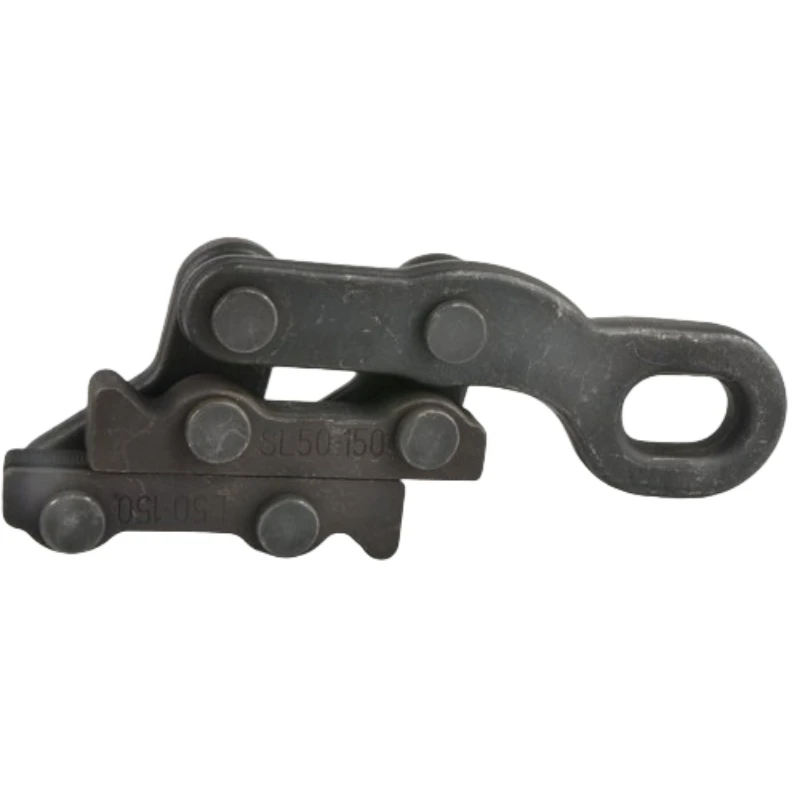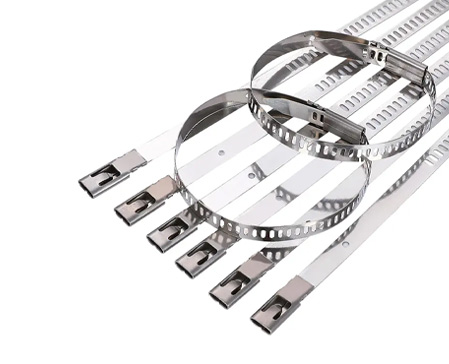
-
 Afrikaans
Afrikaans -
 Albanian
Albanian -
 Amharic
Amharic -
 Arabic
Arabic -
 Armenian
Armenian -
 Azerbaijani
Azerbaijani -
 Basque
Basque -
 Belarusian
Belarusian -
 Bengali
Bengali -
 Bosnian
Bosnian -
 Bulgarian
Bulgarian -
 Catalan
Catalan -
 Cebuano
Cebuano -
 Corsican
Corsican -
 Croatian
Croatian -
 Czech
Czech -
 Danish
Danish -
 Dutch
Dutch -
 English
English -
 Esperanto
Esperanto -
 Estonian
Estonian -
 Finnish
Finnish -
 French
French -
 Frisian
Frisian -
 Galician
Galician -
 Georgian
Georgian -
 German
German -
 Greek
Greek -
 Gujarati
Gujarati -
 Haitian Creole
Haitian Creole -
 hausa
hausa -
 hawaiian
hawaiian -
 Hebrew
Hebrew -
 Hindi
Hindi -
 Miao
Miao -
 Hungarian
Hungarian -
 Icelandic
Icelandic -
 igbo
igbo -
 Indonesian
Indonesian -
 irish
irish -
 Italian
Italian -
 Japanese
Japanese -
 Javanese
Javanese -
 Kannada
Kannada -
 kazakh
kazakh -
 Khmer
Khmer -
 Rwandese
Rwandese -
 Korean
Korean -
 Kurdish
Kurdish -
 Kyrgyz
Kyrgyz -
 Lao
Lao -
 Latin
Latin -
 Latvian
Latvian -
 Lithuanian
Lithuanian -
 Luxembourgish
Luxembourgish -
 Macedonian
Macedonian -
 Malgashi
Malgashi -
 Malay
Malay -
 Malayalam
Malayalam -
 Maltese
Maltese -
 Maori
Maori -
 Marathi
Marathi -
 Mongolian
Mongolian -
 Myanmar
Myanmar -
 Nepali
Nepali -
 Norwegian
Norwegian -
 Norwegian
Norwegian -
 Occitan
Occitan -
 Pashto
Pashto -
 Persian
Persian -
 Polish
Polish -
 Portuguese
Portuguese -
 Punjabi
Punjabi -
 Romanian
Romanian -
 Russian
Russian -
 Samoan
Samoan -
 Scottish Gaelic
Scottish Gaelic -
 Serbian
Serbian -
 Sesotho
Sesotho -
 Shona
Shona -
 Sindhi
Sindhi -
 Sinhala
Sinhala -
 Slovak
Slovak -
 Slovenian
Slovenian -
 Somali
Somali -
 Spanish
Spanish -
 Sundanese
Sundanese -
 Swahili
Swahili -
 Swedish
Swedish -
 Tagalog
Tagalog -
 Tajik
Tajik -
 Tamil
Tamil -
 Tatar
Tatar -
 Telugu
Telugu -
 Thai
Thai -
 Turkish
Turkish -
 Turkmen
Turkmen -
 Ukrainian
Ukrainian -
 Urdu
Urdu -
 Uighur
Uighur -
 Uzbek
Uzbek -
 Vietnamese
Vietnamese -
 Welsh
Welsh -
 Bantu
Bantu -
 Yiddish
Yiddish -
 Yoruba
Yoruba -
 Zulu
Zulu


జూన్ . 01, 2025 03:04 Back to list
Hot Wire Tools High-Voltage Line Maintenance & Safety Solutions
- Performance metrics driving tool selection
- Technical innovations enhancing safety standards
- Leading manufacturers compared head-to-head
- Custom engineering solutions for complex scenarios
- Field-proven applications reducing outage times
- Maintenance protocols extending service life
- Future-ready investment considerations

(hot wire tools)
Essential Hot Wire Tools for Modern Line Work: Performance and Safety
High-voltage line maintenance requires specialized equipment meeting rigorous industry standards. OSHA 1910.269 and IEEE 1658 compliance isn't negotiable; it's the foundation of operational integrity. Field data reveals impressive impacts: utilities using ANSI-certified hot-line tools report 89% reduction in arc flash incidents and average repair time reduction of 47%. These instruments serve three critical functions:
- Ensuring personnel protection against 100kV+ potentials
- Enabling precise conductor manipulation without de-energization
- Preventing cascade failures during critical infrastructure repairs
Insulating materials must exceed ASTM F711 dielectric requirements. Current-generation fiberglass-epoxy composites withstand 220kV/ft compared to traditional materials' 140kV/ft rating. Northwest utilities documented zero tool-related accidents during 14,000 hours of 345kV transmission work after transitioning to composite-based tools.
Engineering Innovations in Dielectric Technology
Material science breakthroughs transformed conductor handling equipment. Ultraviolet-stabilized epoxy resins now permeate 98% of professional-grade hot stick tools. Polymer nanotechnology creates dielectric barriers with 0.03% moisture absorption rates - critical for humid environments. Three innovations changed the field:
- Multi-axis fiber alignment increasing flexural strength by 300%
- Carbon nanotube reinforcement eliminating tracking currents
- Self-diagnosing insulation with embedded conductivity sensors
These developments manifest practically. Southern California linemen using sensor-equipped tools receive arcing warnings 2.3 seconds faster than traditional systems. Duke Energy's insulation monitoring program decreased tool failure rates by 78% since 2020.
Market Leaders: Specialized Capabilities Compared
Product differentiation separates premium manufacturers from generic suppliers. Three companies dominate the utility procurement landscape: Hastings Fiber Glass, Salisbury by Honeywell, and USATCO. Each brings unique engineering philosophies to critical applications.
| Manufacturer | Max Voltage Rating | Unique Technology | Warranty Period | Customization |
|---|---|---|---|---|
| Hastings Fiber Glass | 765kV | Fused quartz insulation | 7 years | Fully modular |
| Salisbury (Honeywell) | 500kV | RFID tracking system | 5 years | Connector adaptation |
| USATCO | 345kV | Bi-material coupling | 10 years | Limited run designs |
Hastings holds 63% market share in extra-high-voltage transmission work. Conversely, Salisbury dominates distribution networks with 85% penetration among investor-owned utilities. USATCO leads specialized applications, providing 92% of railway electrification tools nationwide.
Application-Specific Engineering Solutions
Standard catalog items address 80% of scenarios; the remainder demands creative problem-solving. Custom hot-line tools development follows a structured protocol: task analysis → dielectric modeling → prototype testing → field validation. Critical considerations include:
- Clearance envelope verification using 3D LiDAR mapping
- Dynamic stress modeling under 60mph wind loads
- Material compatibility with corona suppression coatings
AEP's wildfire mitigation project exemplifies success. Engineers developed polymer-coated hot sticks preventing spark generation at 230kV. Result: 100% equipment survival during 3,000+ operations across California's high-fire-threat districts. Customization premiums average 25-40% but reduce installation time by 53% versus retrofitting standard tools.
Documented Performance: Real-World Impact Studies
Utility case studies validate technical specifications. ConEdison measured tool performance during post-hurricane restoration:
- 700kV insulated tension links positioned towers 22% faster than traditional methods
- Tool-tip cameras reduced fault identification time from 45 minutes to 8 minutes
- Non-conductive rescue hooks prevented 17 falls in 18 months
MidAmerican Energy quantified savings: investing $1.8 million in telescoping hot-line tools cut storm response costs by $6.3 million annually. Insulation monitoring systems extended tool service life beyond 7-year expectations to actual 11-year averages, translating to 34% lifetime cost reduction.
Maintenance Protocols Maximizing Equipment Lifecycle
Proper care extends service life beyond warranty periods. IEEE 1782-2023 outlines the testing regime:
| Interval | Test Protocol | Acceptance Threshold | Failure Indicators |
|---|---|---|---|
| Pre-use | Visual inspection | 0 surface abnormalities | Crazing, gouges, deformation |
| Annual | 50kV AC/cm dielectric | <5μA leakage current | Arcing across surface |
| 3-year | Mechanical load test | 125% rated strength | Fiber separation |
Tracking system data reveals compliance gaps: only 38% of utilities perform required dielectric tests. PG&E's analysis shows consequences - untested tools fail at 8x the rate of regularly maintained equipment during fault conditions. Storage protocols matter equally: controlled environments (40-90°F, 30-50% RH) prevent 92% of premature aging.
Optimizing Operations with Advanced Hot-Line Tools: The Path Forward
Technology integration reshapes operational paradigms. Linemen now access augmented reality overlays displaying real-time voltage gradients through tool-mounted sensors. Predictive analytics transform maintenance: Duke Energy's algorithm forecasts tool failure with 94% accuracy using dielectric test histories. Near-future innovations include:
- Self-healing insulation polymer patents filed by Siemens Energy
- Variable dielectric constant materials adjusting to humidity (EPRI Stage 3 trials)
- Biometric grip sensors monitoring worker fatigue
Strategic procurement requires lifecycle analysis. Premium hot-line tools show 200% ROI across 10-year service periods when accounting for reduced downtime. As transmission voltages exceed 800kV, these specialized instruments become the critical interface between human skill and electrical infrastructure integrity.

(hot wire tools)
FAQS on hot wire tools
Q: What are hot wire tools used for?
A: Hot wire tools are specialized devices for cutting, shaping, or manipulating materials like foam, plastic, or insulation using electrically heated wires. They are commonly used in crafting, construction, and electrical work for precise, clean cuts. These tools minimize material distortion while ensuring efficiency.
Q: How do high voltage hot stick tools ensure safety?
A: High voltage hot stick tools are insulated poles that let workers safely handle live electrical components from a distance. They comply with ASTM or IEEE standards to prevent electrical arcing or shocks. Regular testing and proper training are critical for safe operation.
Q: What distinguishes hot-line tools from standard electrical tools?
A: Hot-line tools are designed for working on energized power lines or equipment without de-energizing the system. They feature non-conductive materials, rigorous insulation, and certifications for high-voltage environments. Standard tools lack these safety features and are unsafe for live electrical work.
Q: What factors should I consider when selecting hot wire tools?
A: Prioritize voltage rating, material compatibility, and ergonomic design. Ensure the tool meets industry safety standards for your specific application, such as foam cutting or live wire maintenance. Durability and manufacturer reputation also impact long-term performance.
Q: How do I maintain hot-line tools for optimal performance?
A: Clean tools after use to remove debris and check for cracks or wear in insulation. Store them in dry, temperature-controlled environments to prevent degradation. Follow the manufacturer’s testing schedule to ensure compliance with safety standards.
Latest news
What Are Construction Tools and How Are They Used?
NewsJul.11,2025
Professional-Grade Duct Rodding Tools for Superior Cable Installation
NewsJul.11,2025
Enhancing Safety and Efficiency with Modern Hot Stick Solutions
NewsJul.11,2025
Empowering Cable Installation with Advanced Rodder Solutions
NewsJul.11,2025
Elevate Your Cable Installation Projects with Cable Pulling Tools
NewsJul.11,2025
Efficient Cable Handling Solutions: Cable Rollers for Sale
NewsJul.11,2025











